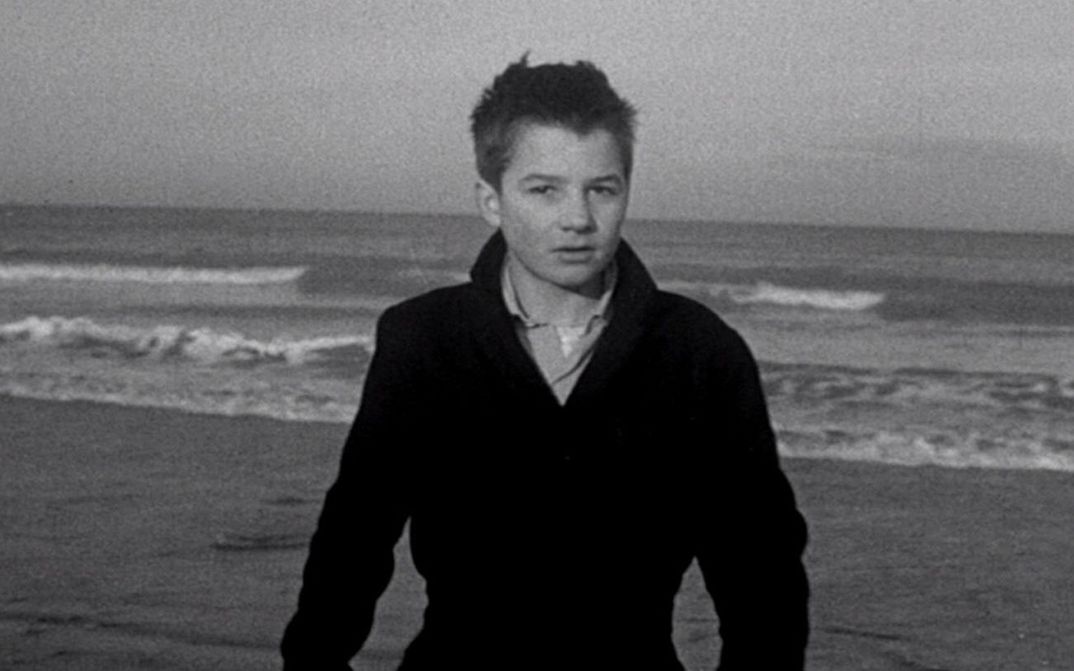Magical History Tour – Eye to Eye

In early cinema, it was the order of the day: looking into the camera. In the first documentary moving images, but also in fiction shorts, notabilities, artists, heavily-armed cowboys and even the face of the moon showed no qualms about looking from the screen into the audience – this form of direct address even increased the attraction of the young medium. By the middle of the 1910s at the latest, the “fourth wall” already familiar from theatre had been erected, which strictly separated the filmic space from the audience space, sealing off the filmic reality. Looking into the camera seemed to become a form of breaking the rules, a taboo. Yet closer inspection reveals just how many directors have disregarded this convention over the last decades and continue to do so to this day. Several examples of the many uses of this device and the directorial or stylistic reasons behind them are set out in this month’s Magical History Tour. Make sure to return the gaze, regardless of whether unexpected, mysterious or full of complicity! (Milena Gregor)